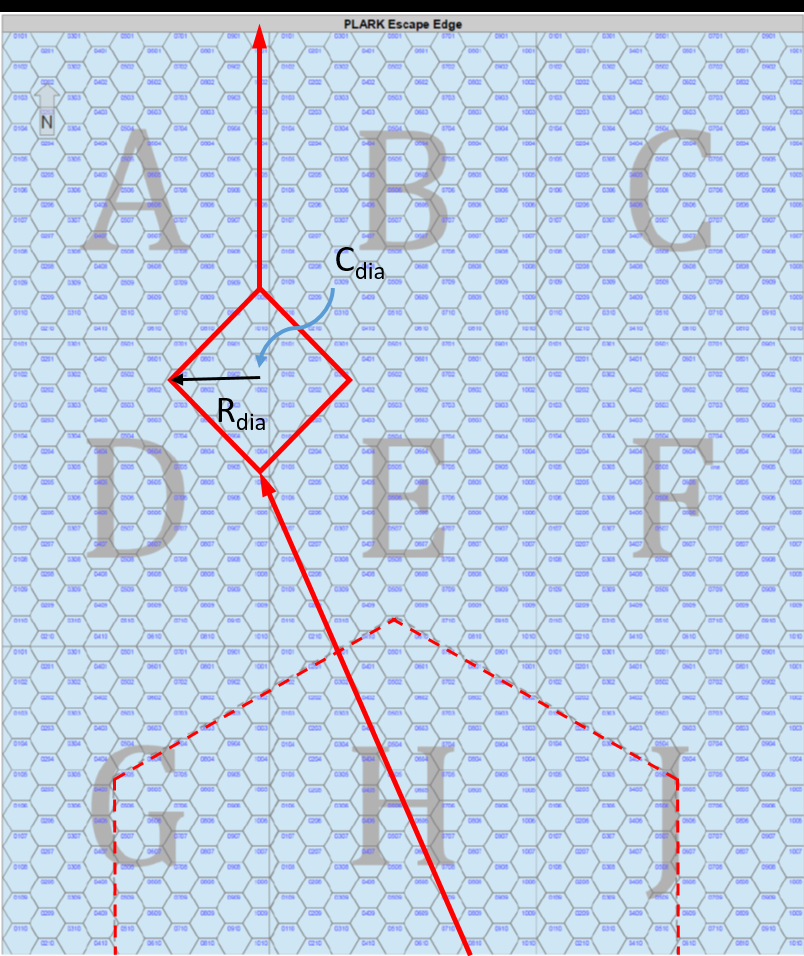Improved Reinforcement Learning in Asymmetric Real-time Strategy Games via Strategy Diversity
A Case Study for Hunting-of-the-Plark Game
DOI:
https://doi.org/10.17083/ijsg.v10i1.548Keywords:
Real-time strategy game, Machine Learning, asymmetric game, strategy diversity, deep reinforcement learningAbstract
We investigate the use of artificial intelligence (AI)-based techniques in learning to play a 2-player, real-time strategy (RTS) game called Hunting-of-the-Plark. The game is challenging to play for both humans and AI-based techniques because players cannot observe each other's moves while playing the game and one player is at a disadvantage due to the asymmetric nature of the game rules. We analyze the performance of different deep reinforcement learning algorithms to train software agents that can play the game. Existing reinforcement learning techniques for RTS games enable players to converge towards an equilibrium outcome of the game but usually do not facilitate further exploration of techniques to exploit and defeat the opponent. To address this shortcoming, we investigate techniques including self-play and strategy diversity that can be used by players to improve their performance beyond the equilibrium outcome. We observe that when players use self-play, their number of wins begins to cycle around an equilibrium value as each player quickly learns to outwit and defeat its opponent and vice-versa. Finally, we show that strategy diversity could be used as an effective means to alleviate the performance of the disadvantaged player caused by the asymmetric nature of the game.

Downloads
Published
Issue
Section
License
Copyright (c) 2023 Raj Dasgupta, John Kliem

This work is licensed under a Creative Commons Attribution-NonCommercial-NoDerivatives 4.0 International License.
IJSG copyright information is provided here.